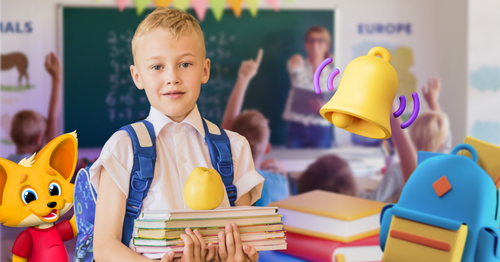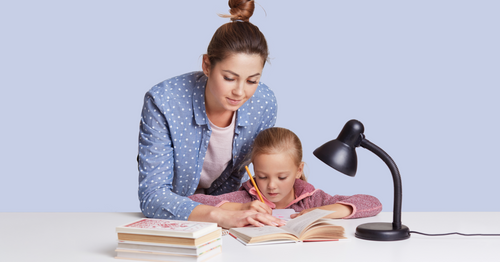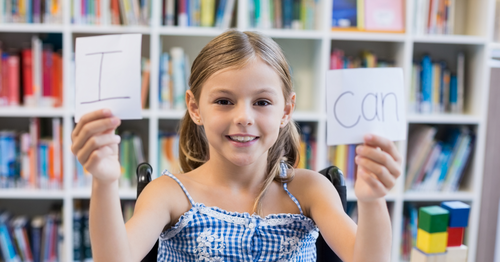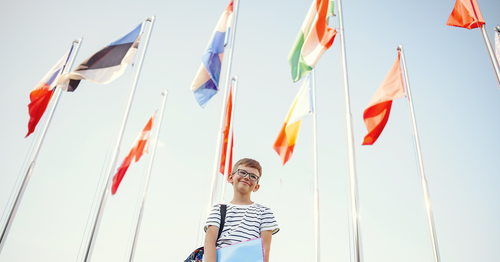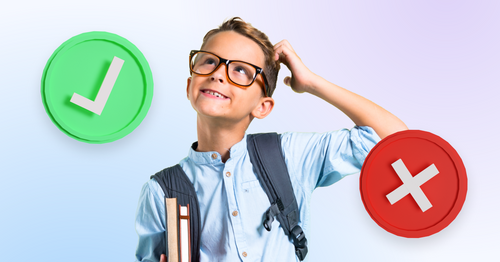During the trial lesson you can
- Meet the teacher
- Get an assessment of the child's level of knowledge and learning recommendations
- Experience the advantages of online learning

Sign up for a free lesson
Your personal information is safe! By submitting this form, you agree to our privacy policy.

